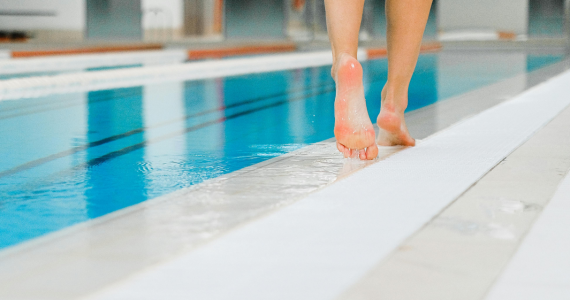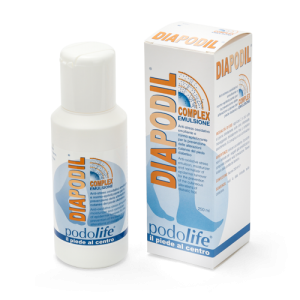
Among the diabetes complications, we found the diabetic foot, a severe disabling chronic condition, sustained by blood vessels damage (driven by oxidative stress) and by nerves injury (diabetic neuropathy ) affecting lower limbs.
The sensory deficit typical in case of diabetic foot (not feeling pain or perceiving tactile stimuli) is frequently associated with a skin fragility of the foot, predisposing the tissues to microbial contamination (plantar and nail mycoses) and, in the most severe cases, to ulceration.
To reduce the impact of diabetic foot a prevention strategy, that involves patients and healthcare personnel education, is required.
A multidisciplinary early intervention must be done in the pre-ulcerative stage, consisting in specific guidelines to prevent the onset of all the complications connected to the diabetic foot syndrome.
Here follow the main 10 rules for the prevention of the diabetic foot:
1- daily feet examination and washing ;
2- test the water temperature with the elbow or thermometer;
3- dry well but gently, possibly with a hair dryer;
4- wear socks that don’t tighten and change them every day;
5- moisture the foot skin with suitable cream;
6- do not use corn removal or sharpened tools;
7- cut the nails with blunt-tip scissors, round nails with a cardboard file;
8- do not walk with bare feet;
9- avoid direct heat sources (hot water bottles, radiator, fireplace , etc.);
10- wear comfortable shoes with round tip and heel not higher than 4 cm.
A Podiatrist knows which therapeutic tools, for topical application, able to determine an anti- oxidant, emollient and normo-epithelializing effect useful for the prevention of skin vascular and nerve alterations in case of diabetic foot.
Ask your Podiatrist for advice.




